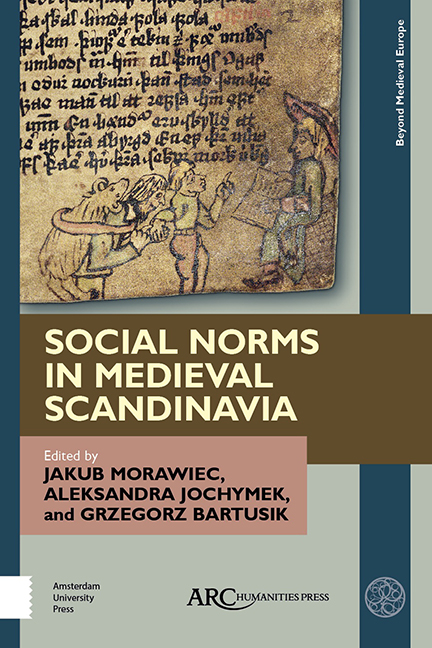Chapter 1 - The Use of Silver by the Norsemen of Truso and Wolin: The Logic of the Market or Social Prestige?
Published online by Cambridge University Press: 20 November 2020
Summary
IT IS WELL known that Viking expansion included the southern shores of the Baltic Sea. In the ninth century we can distinguish between the Norsemen, who probably originated from Uppland and settled in Middle Pomerania near Kolobrzeg, and various trader and craftsmen's groups from, among other places, Denmark and Gotland, who were active in the vicinity of Elblag, establishing a trading outpost at Janów Pomorski/ Truso. By the tenth century, the next stage of Scandinavian activity had begun, this time on the other side of the Pomeranian coast, in Wolin, which was inhabited by both Nordic merchants and warriors from the 970s/ 980s onwards. In both areas many silver finds have been excavated.
It is also well known that precious metals played a significant role in Old Norse societies. The redistribution of goods was one of the major social principles, and relations were cemented by the circulation of silver among members of kinship groups as well as between these groups. Gift-giving accumulated social prestige and created bonds between people. The gifts from treasury enabled warlords, chieftains, and kings to affirm social ties with their retinues, helping to create the symbolic capital necessary for reproduction of power. Rulers, who possessed silver, demonstrated leadership ability and may have strengthened their political situation towards rivals and competitors for power. The redistribution of precious metals consolidated prestige and authority.
The cultural and symbolic significance of displaying luxury goods can be illustrated by fragments of Old Norse sources that show the ruler as “a lord of rings”— for instance in the Laxdoela saga where King Hakon takes from his arm a particularly noteworthy gold ring and gives it to Höskuld, one of his loyal followers. The ruler's generosity was scrupulously observed not only by followers, but also by potential petitioners. It was necessary for kings and jarls to be lavish in order to establish and maintain alliances.
This raises several questions. Was silver primarily a means of payment or marker of prestige? Can these silver finds be explained via economic or rather socio-political contexts? And, last but not least, did the use of silver differ between Truso and Wolin?
- Type
- Chapter
- Information
- Social Norms in Medieval Scandinavia , pp. 19 - 34Publisher: Amsterdam University PressPrint publication year: 2019

